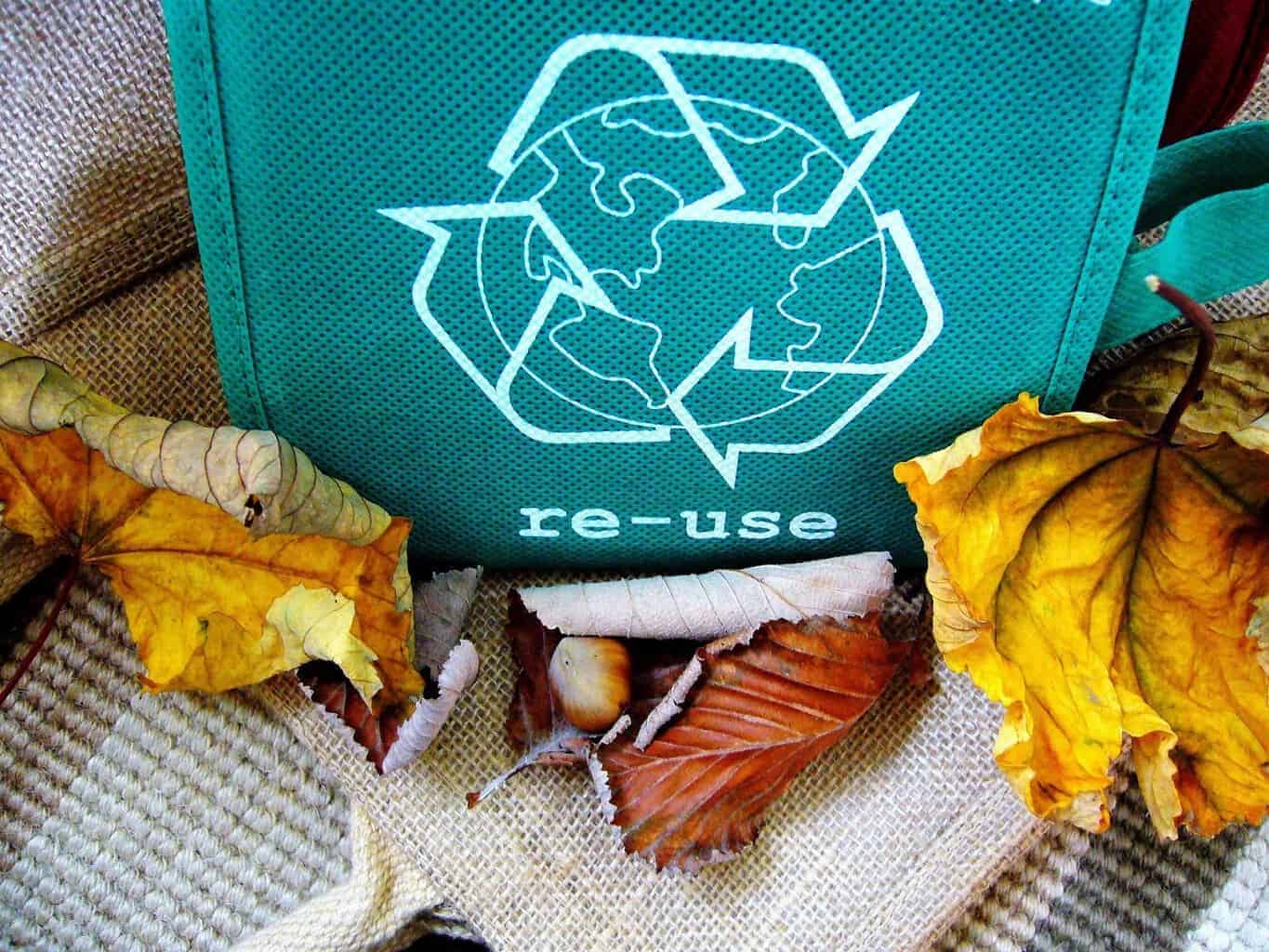Are you paying attention to your personal carbon footprint — the number of greenhouse gases, mainly carbon dioxide, that’s being released into the atmosphere and contributing to pollution and climate change?
If not, don’t worry, you don’t need a major life overhaul, nor do your actions and choices require perfection to make a difference in reducing your carbon footprint around the house. So, take the pressure off!
Maybe your daily activities already reflect a conscious decision to be more environmentally friendly (such as driving fewer miles, using less water, and buying energy-efficient appliances), but if not, here are a few house-related things to consider when reducing your carbon footprint.

Furniture & Flooring
If you’re in the mood or in the market to switch up your furniture, consider sprucing up what you already have. Instead of buying new furniture, why not try to refinish, repair, reupholster or paint what you already have? Breathe some life into your current possessions. Or, if you must have new furniture, buy recycled items from a local thrift store and donate your used stuff.
Flooring is another big-ticket item in the family home. Bamboo flooring is the most environmentally friendly on the market today, in part because bamboo regenerates in as little as 5-7 years. Harwood can take as long as 30 years to grow. Bamboo is also cheaper, more durable and doesn’t require refinishing as often as other types of wood flooring.
Pass on Plastic
According to Premiere League, our oceans end up with 8 million tons of plastic every year and by the year 2050, the number of plastics in the ocean will exceed the number of fish.
Try to cut down on the single-use plastic consumption. It’s definitely possible to use less plastic, and it’s fairly easy to do:
- Don’t buy bottled water.
- If you need sandwich bags, try to buy the recyclable kind or use a reusable Tupperware.
- Don’t forget to take your reusable shopping bags to the store.
- Bring your stainless steel coffee mug or water bottle wherever you go.
- Don’t buy plastic plates, cutlery or straws.
There’s are a ton of other ways to reduce your plastic consumption; here are 100 ways from My Plastic Free Life.
Grow a Garden
You don’t need an elaborate set-up to grow herbs, greens and tomatoes (which are all common groceries we buy at the store). Growing your own food is “good for the environment because it reduces the carbon footprint of your food by decreasing the number of miles it takes to get food from the farm to your kitchen table,” according to sustainability blog TerraPass. You’re also cutting about 2 pounds of carbon dioxide for every pound of produce you grow.
In addition to growing some of your own food staples, you could plant some trees and shrubs because they offset carbon emissions and purify the air. A mature tree can absorb as much as 48 pounds of CO2 per year and provide shade or insulation to your home which can reduce your monthly heating and cooling bill. If you’re the type who spends time in your backyard, you might cosy up with one of those natural outdoor fireplaces rather than plugging in an electricity-eating space heater.
More Power to You
If you really want to make your home energy efficient and reduce your energy footprint, installing rooftop solar panels is the way to go. They are a hefty investment at first, but by generating your own solar power, your monthly energy bill will be nonexistent. Plus, the price of solar panels continues to drop. Meanwhile, you are increasing the value of your home. A New York Times article stated that homebuyers are willing to pay about $15,000 more for a house with solar power than a similar house without it. It’s something to keep in mind if you ever decide to sell your house.
Recycle What You Can
You can’t write an article about reducing your carbon footprint without mentioning the importance of recycling your trash, including plastic, glass, paper, and aluminium. Landfills are a huge culprit of pollution with over 40 per cent of greenhouse gas emissions related to everything we throw away on a daily basis.
If we can simply waste less and recycle more, we can make huge strides in saving energy and money. We all have a part to play in keeping ourselves in check and paying attention to the impact we are having on the environment. Tell us what projects you are undertaking to reduce your carbon footprint in the comments below.
